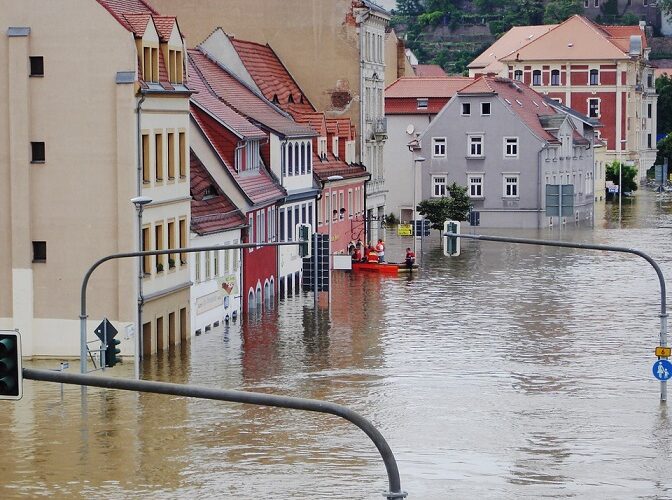Flooding is a homeowner’s nightmare. It’s not just the damage to your possessions but also the time and expense involved in cleaning up and repairing your home after a flood. One of the worst parts about floods is they often leave behind dirt, bacteria, and mold that can make your home unlivable for days or weeks, especially if you’re forced to stay elsewhere while repairs are made.
Fortunately, there are ways to clean up after a flood without making things worse for yourself or your family. Here are some tips to help you clean and remodel your home after a flood:
1. Hire A Professional Cleaning Team
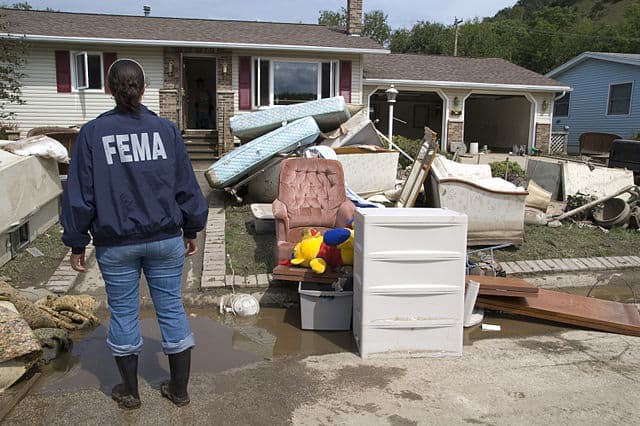
source: pinterest.com
Cleaning and remodeling after a flood can be stressful and overwhelming. It’s essential to get help from professional cleaners who’ll help you get your home back to normal as quickly as possible.
A professional cleaning team will have the right equipment, cleaning solutions, and years of experience to ensure that your home is thoroughly cleaned and disinfected. Here are some reasons why you should hire a professional cleaning team:
Equipment And Supplies: A cleaning team will bring everything they need, including tools and cleaning supplies. They’ll also use their equipment to ensure your home gets thoroughly cleaned up without causing damage.
Organization: A professional team will know how to organize their work so they can get everything done at once without having people running around or stepping on each other’s toes. They’ll also be able to set up an efficient system for storing materials until they’re ready for use later on down the line.
Scheduling: A professional team will know how best to schedule their work so it doesn’t interfere too much with your daily routine or get in the way of other contractors who may be working on your home after the flood as well.
It’s best to call in local professional help when you’re ready to remodel your home after a flood. For instance, if you live in Portland, hiring cleaners like Summit Cleaning & Restoration Portland OR and similar local companies is your best choice. This will ensure that your cleaning process goes smoothly and quickly.
2. Check Your Home’s Insurance
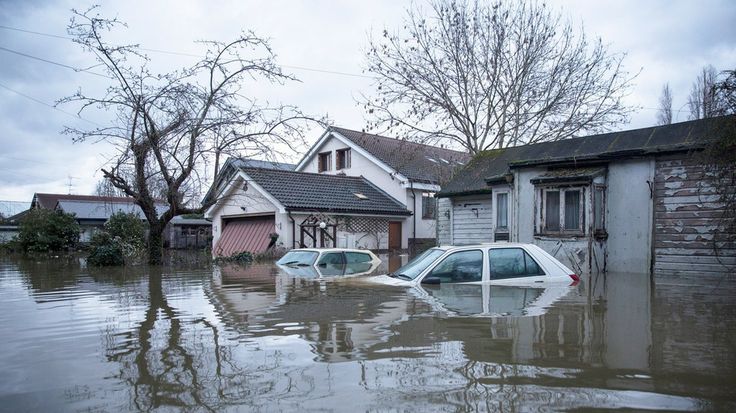
source: pinterest.com
One of the first things you should do when you come home from a flood is check your homeowner’s insurance policy. Contact your insurance company and find out the company’s requirements for filing a claim.
You may need to file a claim immediately or wait until the next day. Also, ask about any other regulations your insurance company has for filing claims after a flood. If there has been significant damage in your home or business and it looks like it’ll be difficult to repair, consider filing an insurance claim before further work is done on your property.
If you have questions about filing a claim, contact your insurance company. It’s essential to file a claim as soon as possible so the company can begin processing it.
3. Wear Protective Gear
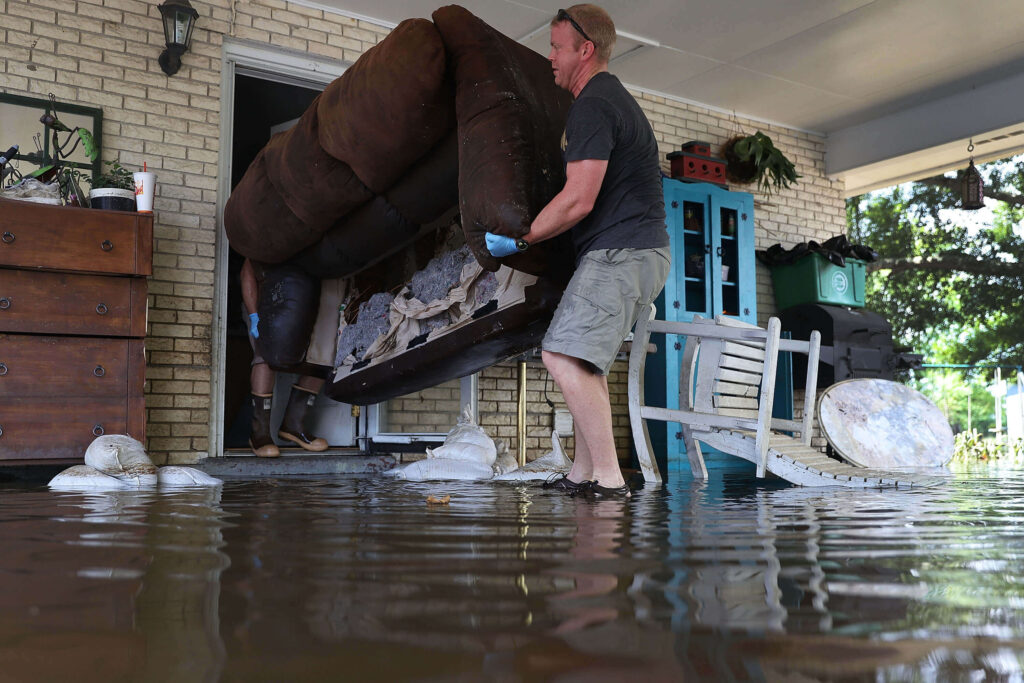
source: pinterest.com
Flood cleanup is strenuous and can be dangerous. Wear protective gear to keep yourself safe from potential hazards. Wear gloves, goggles, and rubber boots when cleaning up the mess. The gloves protect your hands from sharp objects that could puncture your skin or cause an infection if you cut yourself on them.
Goggles are helpful for eye protection against chemical splashes or airborne particles that could irritate your eyes. Rubber boots help keep your feet dry and prevent any cuts from sharp objects on the ground.
Wear heavy-duty rubber gloves when handling anything that might contain harmful chemicals such as paint or bleach. If you need to use bleach to sanitize surfaces in contaminated areas, wear gloves so that any residue doesn’t come into contact with your skin or eyes.
If you’re using a power tool like a vacuum cleaner or wet/dry vac to clean up flood water, make sure it operates at the correct voltage for its current load capacity. It means that if you’re using an extension cord with a vacuum, ensure it has the appropriate wattage rating to handle the load. If you’re using a wet/dry vac, make sure its filter is clean and free of debris.
4. Assess Salvageable Items
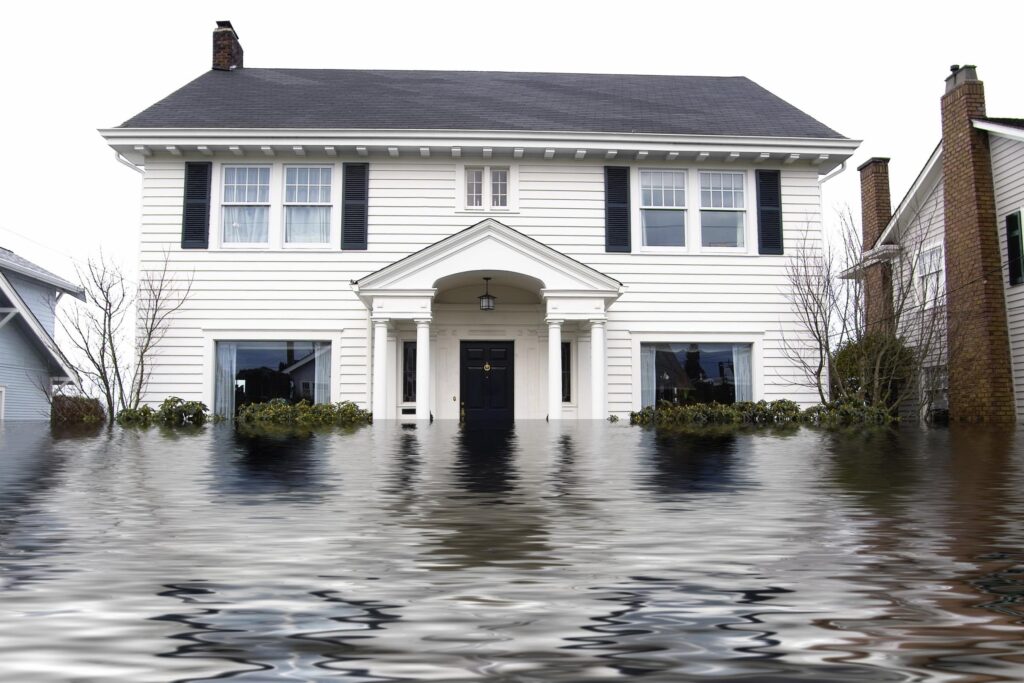
source: pinterest.com
When cleaning up after a flood, there are some items that you should throw away immediately and others that may be salvaged. Here are some tips on how to assess if items in your home are salvageable:
Home appliances: Appliances such as washing machines, dryers, and refrigerators should be thrown out immediately because they may contain bacteria or mold spores that can make you sick. If you don’t want to throw away these appliances, contact your local municipality for information on how to dispose of them properly.
Mattresses: Wait to sleep on a mattress until it has been thoroughly cleaned and dried. If you sleep on a wet mattress, make sure you change into dry clothes before doing so. The same goes for pillows and bedding. You shouldn’t use them until they’ve been cleaned thoroughly.
Floors: Floors should also be inspected closely before walking on them again or installing new floorings. If you find any standing water, remove it with a mop or cloth and dry the area thoroughly.
Bathtubs: Scrutinize your bathtub to ensure no leaks or cracks around the faucet or drain. If there are, contact a plumber immediately to fix them before using your tub again.
Carpets: If standing water is on your carpet, you should remove it by blotting it with a dry towel and then drying the area thoroughly. Wait to put down new carpeting until this has been done, as mold can grow under the padding.
You may think everything in your home is ruined after a flood, but some items may be salvageable. The key is knowing what to look for and how to clean them.
5. Set A Budget For Remodeling
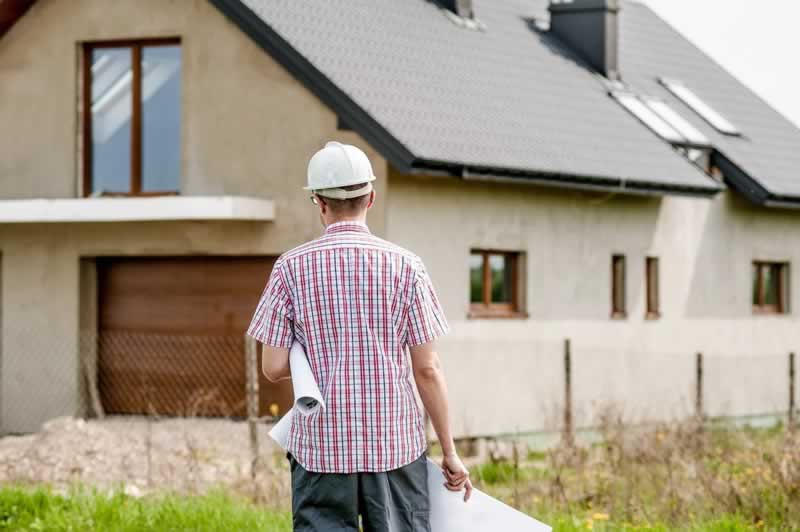
source: pinterest.com
Setting a budget for remodeling your home after a flood can be challenging. It can be even harder to stick to that budget. But it’s essential to do so because you want to avoid ending up in debt over the money you’re spending on your home.
Here are some tips for setting a budget and sticking with it:
Make sure you have enough money in savings or other investments to cover the cost of your remodel. If not, expect to take out a loan.
Stick with one contractor or team of contractors, rather than hiring different people for different jobs, so they can work together as a team and build a cohesive plan for your home’s remodel.
Get multiple estimates from different contractors before choosing one, but let cost alone be the deciding factor. Look at other factors such as experience and customer reviews online or elsewhere.
If you’re going to hire a professional, you should have an idea of what the job will cost before you start looking for contractors. If you decide to do the work yourself, many online resources can help you estimate costs and plan your project effectively.
6. Replace Damaged Wooden Furniture
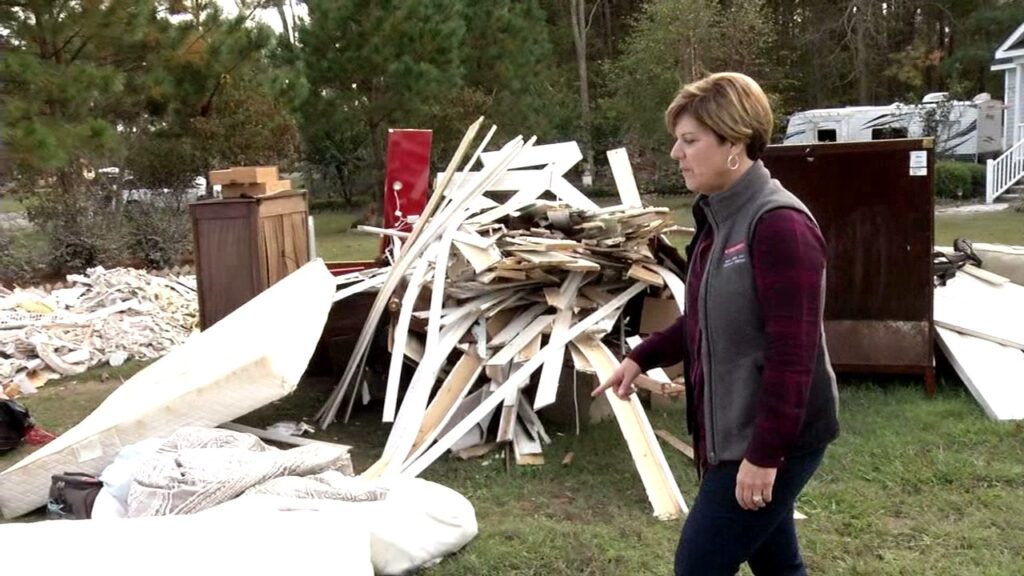
source: pinterest.com
When remodeling your home after a flood, one of the first things you need to do is replace any damaged wooden furniture. It includes tables, chairs, and cabinets. Damaged wooden furniture is unsightly and dangerous because it can become an entry point for mold growth if not properly cleaned and repaired.
Wooden furniture can be made from many different types of wood. The most common types include pine, oak, and cedar. These woods are usually stained or painted with a lacquer finish that helps prevent water damage during regular use.
However, suppose your furniture has been sitting in standing water for an extended period without proper drying out. In that case, these finishes may have deteriorated enough to allow mold growth underneath them.
7. Remodel The Basement (If You Have One)
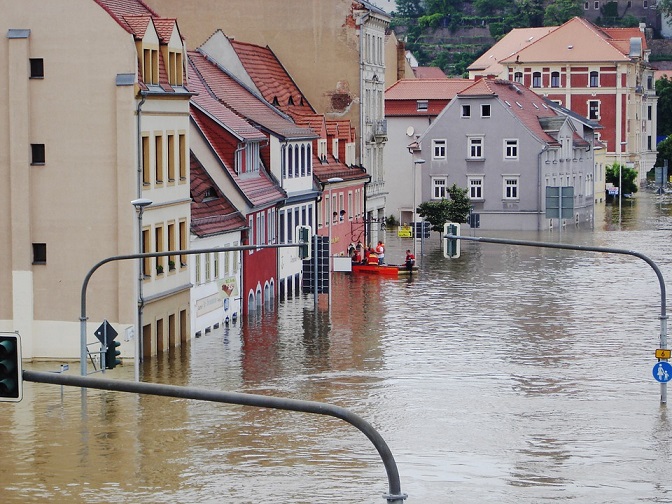
source: pinterest.com
If you have a basement, this is the time to remodel it. The basement usually has the most damage in flood, and it’s not hard to fix. The first step is to remove any standing water and dry out the floor and walls.
If water seeps through cracks in your foundation or sump pump, consider hiring an expert for this step. If not, you can do it yourself with fans, dehumidifiers, fans, and other tools that’ll reduce humidity levels in your home.
Once the floor dries out and is level again, you can start rebuilding it by adding insulation between joists and studs. It’ll protect your home from heat loss during winter when you turn on your furnace or central air conditioning system.
Insulation also makes your home more comfortable during the summer because it keeps cool air inside where it belongs instead of letting it escape through cracks and gaps around windows and doors.
Takeaway
Flooding is a problem you don’t want to deal with, but it’s often unavoidable. From hurricanes to plumbing issues, flooding can strike your home without warning and for various reasons. Luckily, there are ways to clean up after a flood without worsening the problems that caused it. These tips will help you get started on the road to recovery from a flood.

